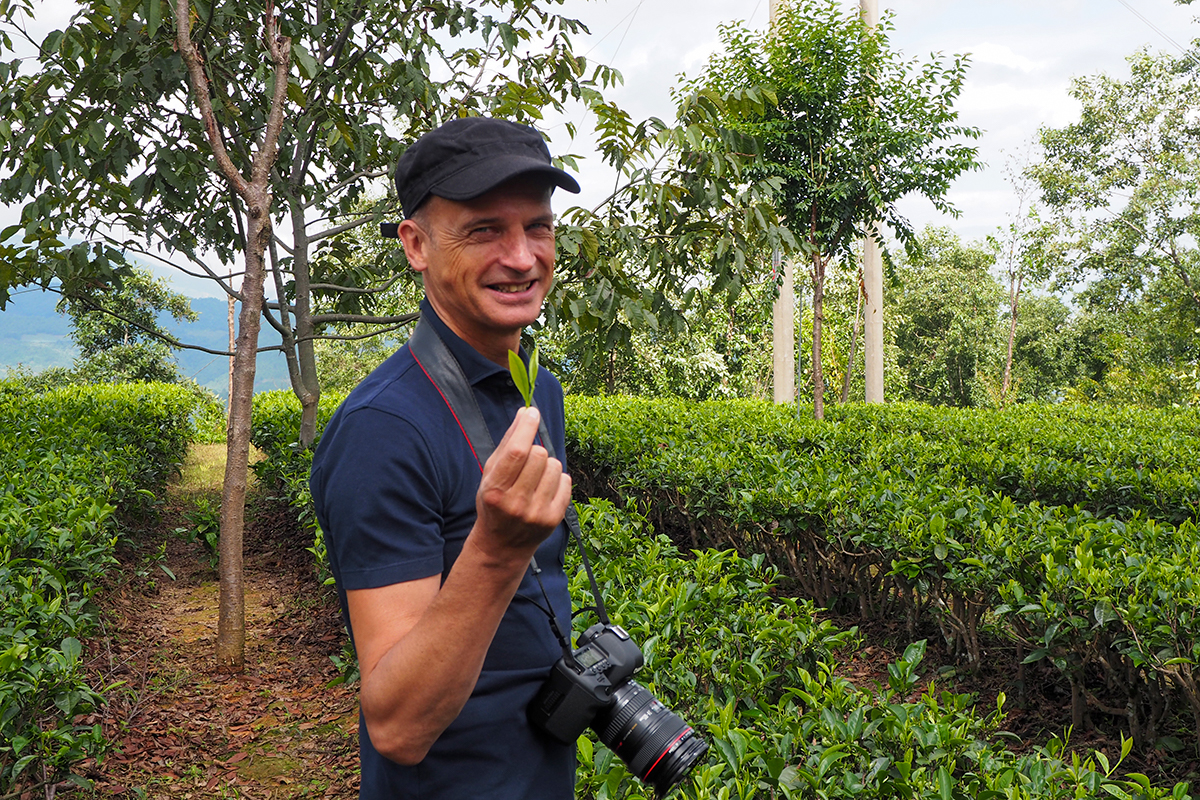A la suite de mon dernier billet, j’ai reçu des commentaires qui me semblent intéressants à rapporter. Au préalable, je tiens à préciser que l’Inde est un pays pour lequel j’éprouve un profond attachement, et la région de Darjeeling, je l’ai visitée plusieurs dizaines de fois, c’est vous dire si elle m’est chère. Enfin, en plus de 30 ans, Palais des Thés a multiplié les initiatives pour faire connaître les merveilleux thés en provenance de cette région du monde.
Je fais la synthèse des remarques reçues et je tiens à souligner que ce problème de pesticide qui ne devrait jamais se retrouver a fortiori dans un thé labellisé « AB » ne concerne pas que l’Inde. Dans d’autres pays, la même chose pourrait se produire. Les remarques en provenance d’amis producteurs et que je partage avec vous sont les suivantes :
– Le pesticide incriminé ne se trouve pas facilement, son usage est devenu rarissime dans le thé. En revanche, des pulvérisations de DDT par les autorités existent et ce afin de lutter contre le paludisme dans de rares zones particulièrement infestées ; ces pulvérisations qui gagneraient à être réalisées à l’aide de produits de substitution peuvent se retrouver sur les productions agricoles alentour ;
– La création de barrières végétales entre les routes et les champs, ainsi qu’autour des habitations a été au cœur de nombreuses discussions avec les autorités sanitaires régionales ; c’est une solution facile à mettre en œuvre dans les cas où la lutte contre la présence du moustique porteur du parasite à l’origine de la malaria s’avère indispensable ;
– Parfois, une proximité excessive entre la personne en charge de la certification et le propriétaire de la parcelle nuit au sérieux de ladite mission et aboutit à un contrôle de pure forme ;
Un élément me semble important à souligner, que peu de consommateurs connaissent : les certifications de type « AB » reposent essentiellement sur l’examen de pièces diverses, et les organismes en charge de ces certifications ne procèdent pas systématiquement à des analyses en laboratoire. Notre santé comme celle de nos clients est primordiale, voilà pourquoi j’aborde ce sujet ici de la façon la plus simple, la plus transparente possible.

